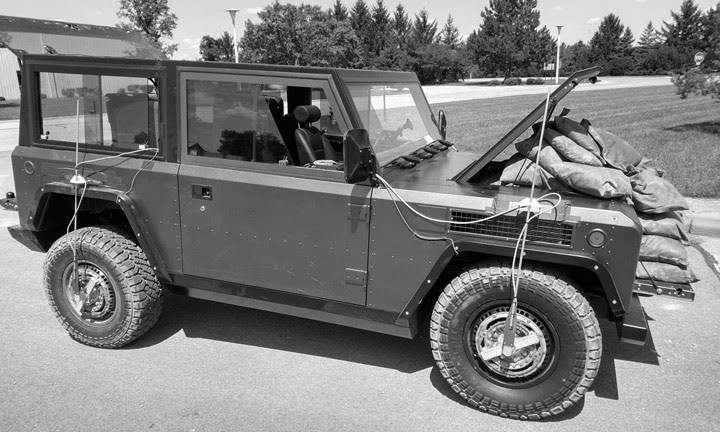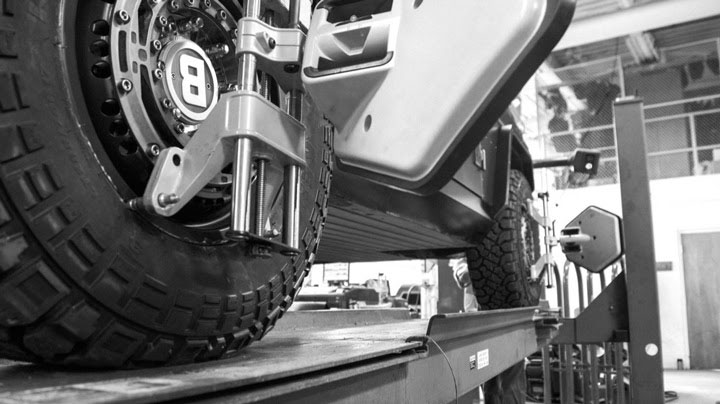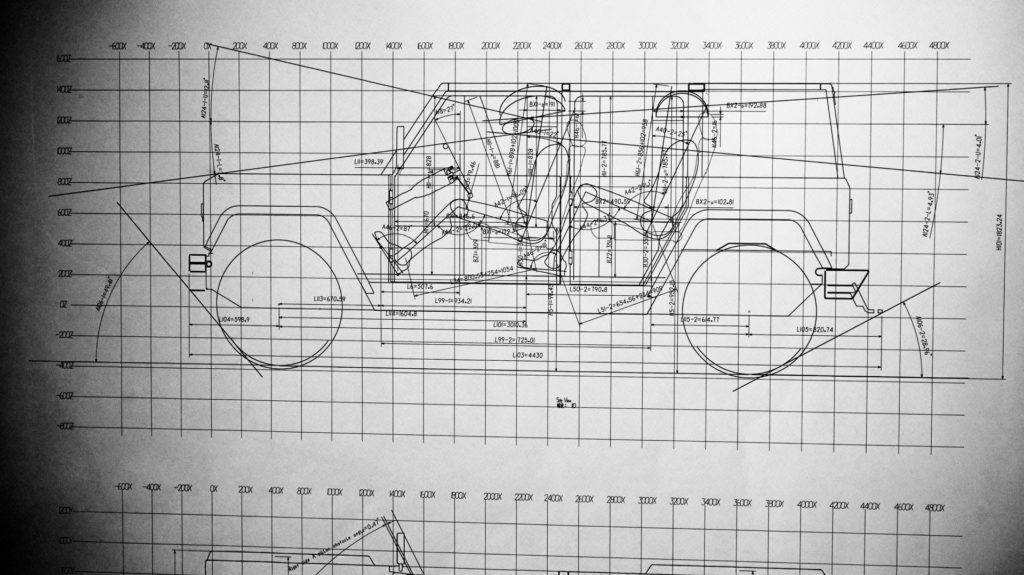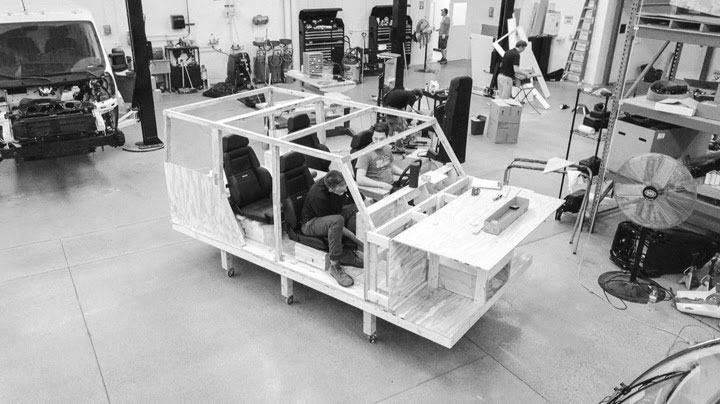Bollinger has been running hundreds of tests on its B1 two-door prototype in order to measure and record data on stress points, durability, kinematics and compliance – all to better inform the four-door final design for production.
As the data trickles in from testing, the team reconfigures the design, geometry, weight and strength of the new four-door CAD based on what’s been learned from the tests. Other calculations are derived by driving specific terrain and multiplying the measured stresses or behaviors to simulated repeated events over time. That new data is then implemented into the revised B1 design.
The H-point of a vehicle is the theoretical, relative location of an occupant’s hip: specifically the pivot point between the torso and upper leg portions of the body as used in vehicle design, automotive design and vehicle regulation. Much of the ergonomics and placement of automotive interior features are based on this single location.
Once the H-point variables and numerous other measurements are worked out on paper and computer, a life-size mock-up, ‘a seating buck’, is built so the designers and engineers can sit in the design and get a real sense of the space, feel and function of the truck.
Captions:








